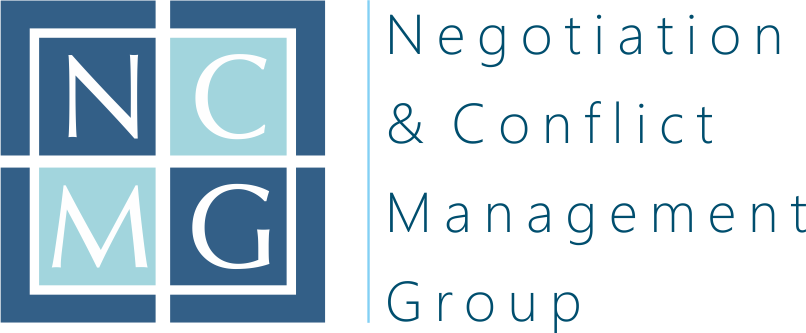Justice and Peace Directorate
The history of humankind has been significantly shaped by both love and conflict that regulate human experiences in a cycle of compassion and bitterness. These competing values are present in any human community, in our homes, our workplaces, in groups or associations where people come together and in the society as a whole. Even though human beings were created by an act of love, conflict and misunderstanding unfortunately hold sway in many human encounters where two or more persons engage continually. Socio economic pressures sometimes build up tensions within an individual and everywhere we find people distressed, oppressed and challenged by the realities of misunderstanding, conflict and peace building.
A culture of peace will be achieved when citizens of the world understand global problems, have the skills to resolve conflicts and struggle for justice non-violently, live by international standards of human rights and equity, appreciate cultural diversity, and respect the Earth and each other. It might be helpful to look at building and maintaining peace as a 'culture of peace'. A culture of peace is like a river that is fed from diverse streams — from every tradition, culture, language, religion and political perspective. It consists of values, attitudes, behaviours and ways of life based on non‐violence and respect for the fundamental rights and freedoms of every person.
In a culture of peace, power grows not by force (e.g.: guns, inherited status) but from participation, dialogue and cooperation. It rejects violence in all of its forms, including war and the culture of war. In place of domination and exploitation by the strong over the weak, the culture of peace respects the rights of everyone, economic as well as political. It represents a caring society which protects the rights of those who are weak, such as children, the handicapped, the elderly and the socially disadvantaged.
